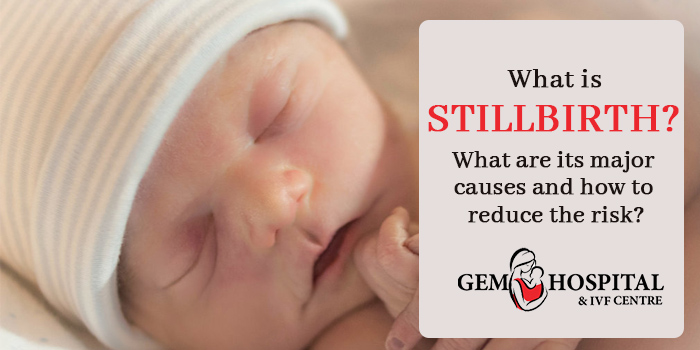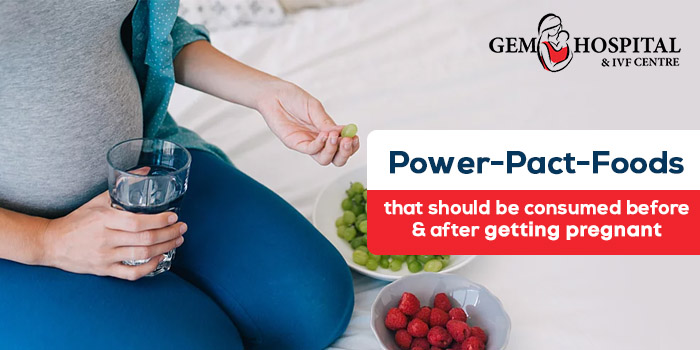A stillbirth occurs following the 20th week of pregnancy. Due to this time, the mother feels kicks, tiny flutters, and movements from the infant. By the 20th week, it is normal to have ultrasound images to check the baby and mostly these are vivid. During the ultrasound, it is possible to see the baby’s hands, legs, arms, facial features, and feet.
When a woman experiences stillbirth, it can be emotionally nerve-wracking and difficult to manage. Although, the cases of stillbirth have reduced with the update in technology. But, the cases of stillbirth during the early term pregnancy between the 20th to 27th week are unchanged. Make sure that you seek assistance from the best fertility expert and understand better what is the reason behind it.
What are the causes of stillbirth?
Around 50% of the cases of stillbirth do not have any cause or you can say it is not known. In such cases, medically these are termed unexplained stillbirths. Rest 50% have some of the causes and this includes the following:
-
Placenta issue
- The placenta is an important part that nourishes the developing fetus. In case, its functioning is affected then there are high chances of stillbirth.
-
Umbilical cord
- When the umbilical cord is prolapsed, it will cut off the oxygen supply the baby needs and the baby cannot breathe on its own. In some cases, the cord gets wrapped around the baby which eventually leads to stillbirth.
-
Birth defects
- Sometimes the fetus growing in your womb has non-chromosomal and chromosomal issues.
-
Health conditions
- Chronic and pregnancy-related conditions like high blood pressure, hypertension, diabetes, and preeclampsia can be one of the causes.
-
Intrauterine Growth Restriction (IUGR)
- IUGR is a condition that makes it difficult for the body to get the desired amount of blood flow. Due to this, the baby’s healthy development will stop gradually. It occurs due to infection, smoking, alcohol abuse, and high blood pressure.
-
Lack of Nutrition
- In some cases, the pregnant mother does not take enough nutrients which creates problems for their health and the baby growing inside their womb.
Apart from these getting exposed to harmful environmental toxins, women under the age of 15 or above 35, overweight, history of blood clotting, certain infections can cause stillbirth. It is important to understand that the reason for infertility can also lead to an increased risk of stillbirth. But, that does not mean that IVF treatment or any other fertility treatment will increase the risk of stillbirth.
How can I reduce the risk of stillbirth?
- You need to live a healthy lifestyle and for that you should stop smoking, drinking alcohol, or any abusive product. Also, make sure that you only have nutrient-rich and healthy food.
- You need to keep your body weight ideal. Understand from your gynae or fertility expert about the BMI and how you can manage it.
- Make sure that you get enough sleep daily. Avoid any undue pressure as it can impact your health.
All in all, you should talk to your OB/GYN without any delay and on the scheduled appointment you should visit them.



